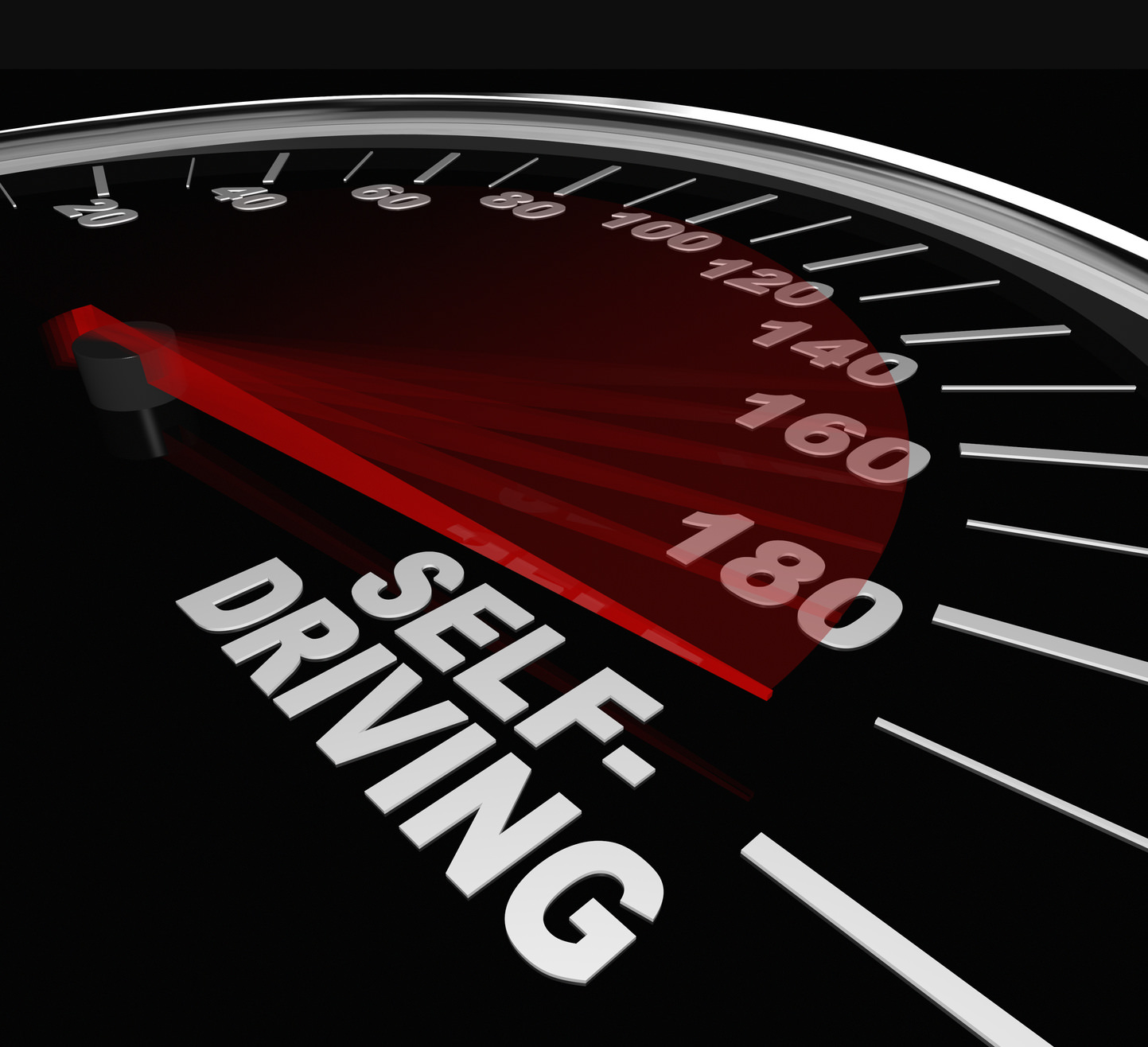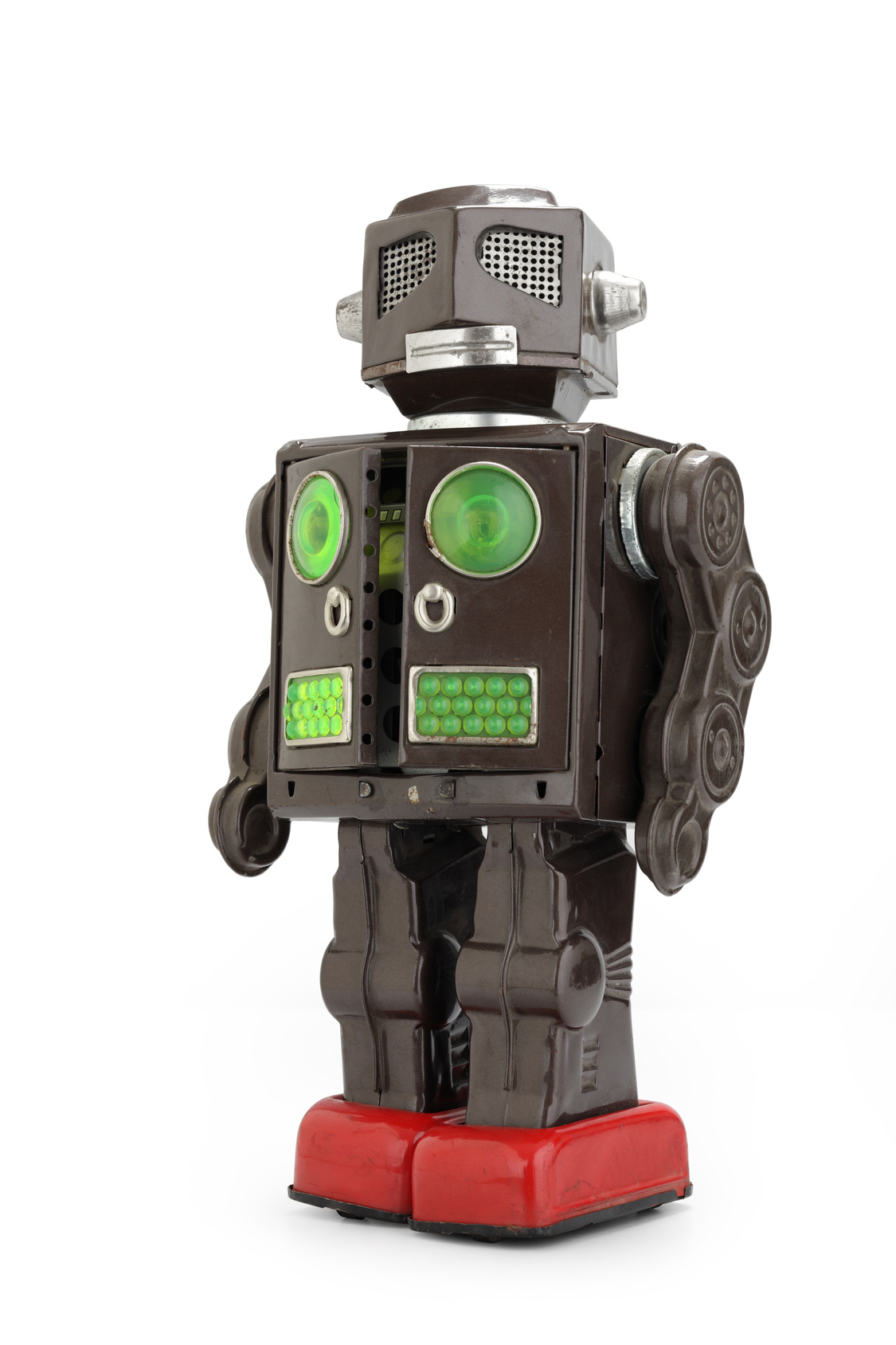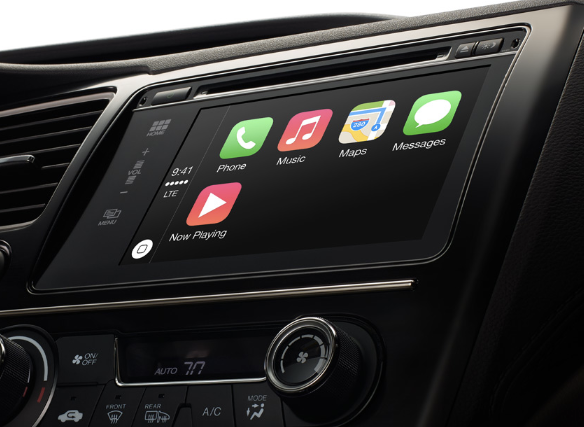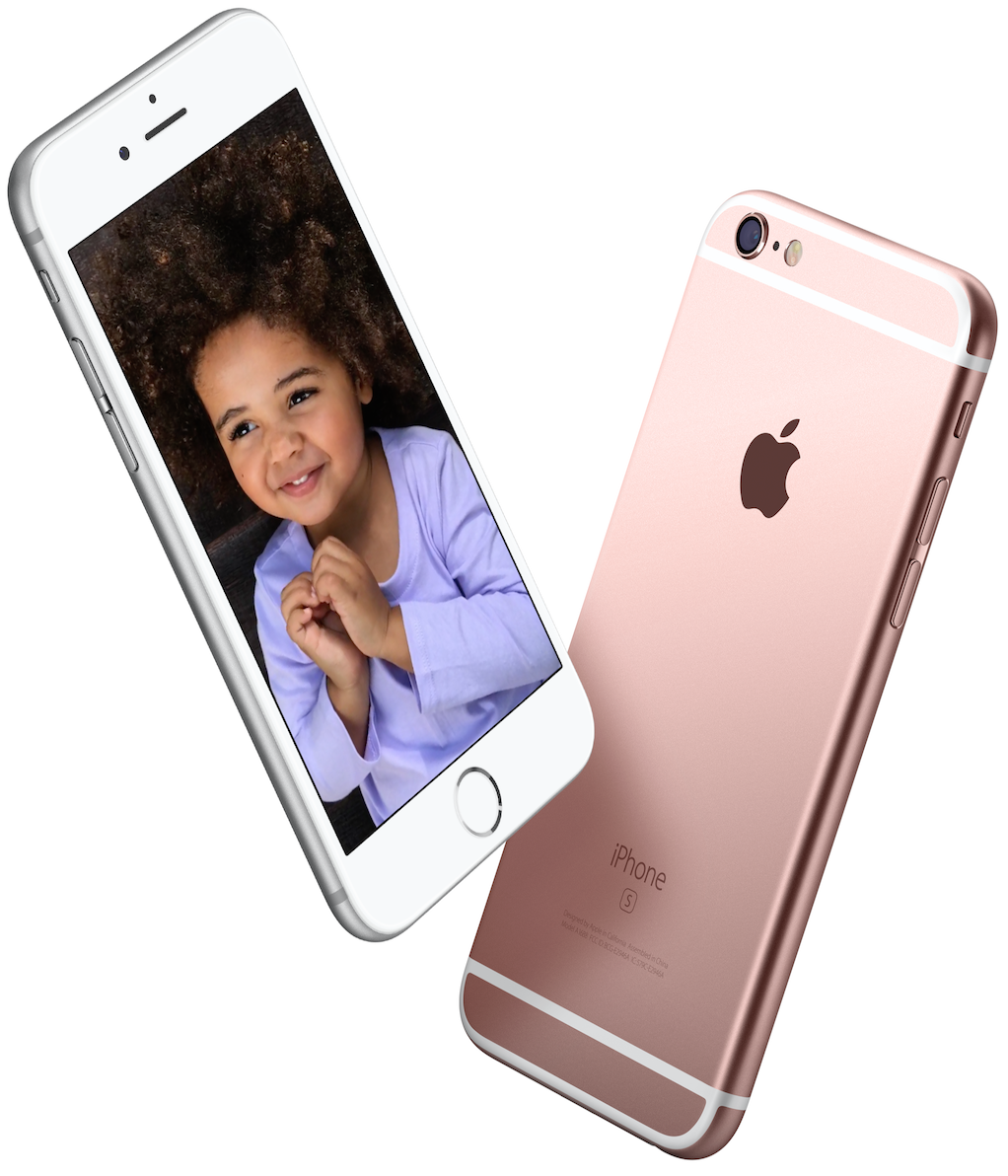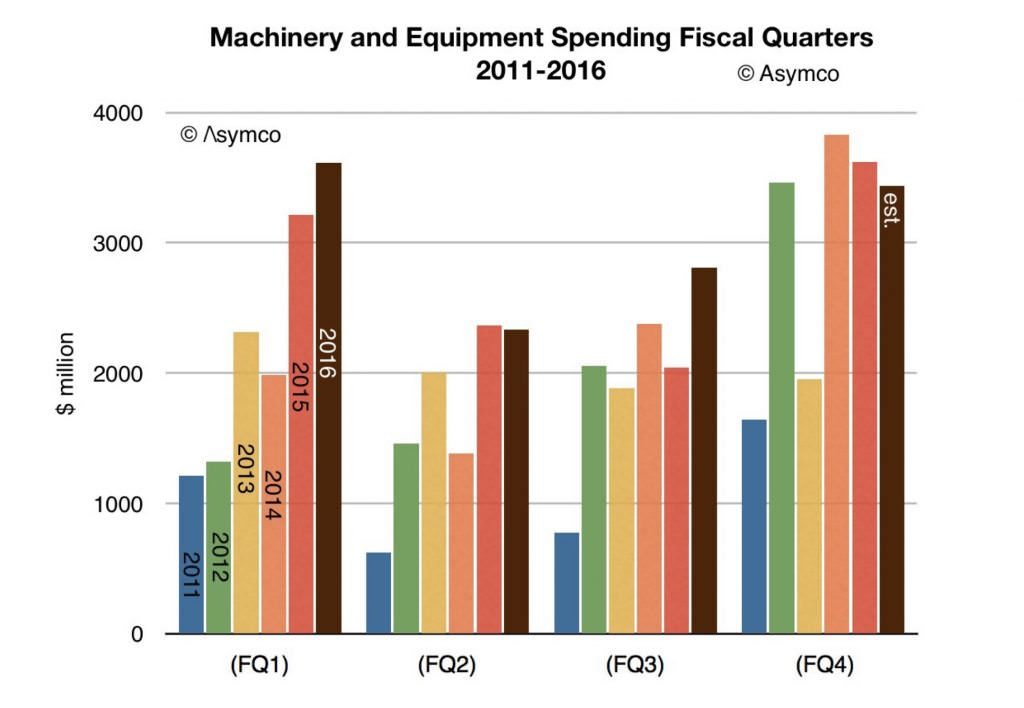Since the Tech.pinion’s team is taking next week off for the holidays and won’t be back in full swing until January 3rd, 2017, just a few days before the 2017 edition of CES, I wanted to share what I see as important themes or trends at the upcoming Consumer Electronics Show. For those going to the show, you can factor this into your planning and, for those not attending, this is what you should be looking for in the way of news coming out of the show.
CES 2017 is celebrating a major milestone this year. It’s the show’s 50th anniversary. Actually, there have been well over 70 CES shows since, in the 1980s and 1990s, they also had a summer show in Chicago. For me, this is my 60th CES show I will attend.
Each year the show grows. Interestingly, when Comdex became the poster tech show in the late 1980s and most of the 1990s, CES actually struggled a bit and, during that, time show attendance waned. But once Comdex bit the dust in early 2000s, CES picked up steam and has continued to grow. CES officials expect at least 170,000 at this year’s show with 50,000 coming from abroad. Those going to the show can explore a show floor of over one million square feet and most who attend the show can plan to walk at least 15 miles during it. Wear good shoes if you are going.
Here are what I see as the 5 major themes for this year’s version of CES.
Smart Cars and Autonomous Vehicles
The auto industry has been represented at CES for decades but more in the form of add-on sound systems, in-car entertainment systems and, more recently, navigational products. But CES has now become the showcase for many of the auto companies to show off versions of their smart cars as well as more recently, their prowess in self-driving cars.
We should also see a lot of products that can be added to a car to make them smarter, such as Navdy’s add-on that delivers a heads up display for navigation and connects to smartphones to make existing cars more intelligent. We will also see some innovative designs from Corning in which the entire dash is made of glass and other demos in their booth that show how “smart” glass will eventually change the way we interact with the cars of the future. One keynote related to this will be by Carlos Ghosn, CEO of Nissan where he is expected to show off their autonomous vehicle and Farady is expected to show its almost ready electric car that wants to go after Tesla.
VR, AR and Mixed Reality will be big hits at CES
Two years ago, Occulus Rift introduced their VR headset and became one of the biggest hits of CES 2014. Since then, Oculous has been bought by Facebook, HTC has the Vibe, Sony has the Playstation VR and Samsung has their VR goggles connected to Galaxy smartphones. All have brought VR to the attention of businesses and consumers around the world. However, VR so far has focused on games and, when used in business, it is targeted for vertical apps that bring VR to things like real estate listings, travel and many other visually driven business disciplines.
Because it needs powerful goggles or glasses to deliver a serious VR experience and these are still pricey, VR is still a few years out before it reaches mainstream consumers. But VR will be big at CES this year as will many apps and devices focused on AR and Mixed Reality where VR and AR apps overlap the visual experience. We will see many new products in these categories at the show and we should get a hint of how the market for these products will develop in 2017.
4K TV’s are mainstream, but 8K is on the horizon
4K TV or HDR TV, as they are officially called, were a hot topic at the last three CES shows. This year, that will be true again. As prices have come down, 4K TVs have become more affordable and anyone upgrading a TV should move to 4K even though content supporting 4K has been slow to roll out. But 4K programs will be more plentiful in 2017 and buying a 4K is future proofing your TV for the near future. The big question will be should you buy a LCD, OLED or Quantum Dot display models.
Sony argues LCD has a lot of life in it yet while LG wants to move everyone over to OLED. But Samsung says Quantum Dot is the future of TV screens. Cost will be a big factor in this decision. LCDs are made in mass quantities and are getting better in quality and resolution and, at the moment, are less costly than OLED TVs — OLED screens are still very expensive. Quantum Dot TVs are also pricier than LCD but all three are highly competitive and the value of each is in the eye of the beholder.
CES will also have at least a couple of TV vendors showing off the next version of HDR 8K TVs. The goal is to start moving people to 8K by the 2020 Olympics which will hopefully be shot in 8K and, by early 2021-2022, start moving consumers over to 8K in earnest.
IoT will be everywhere
IoT will be represented in just about every product shown in one form or another. Connected devices and IoT-related products will be in everything from new wearables and health products to appliances and vehicles. One could almost call CES the “IoT” show given that just about every product shown will have some form of connectivity. The show recognizes this and has pavilions dedicated to IoT in health, fitness, communications and automobiles. Expect connected devices to be a huge theme again this year.
Personal Robots, Personal Transportation devices and Drones
Given the number of invites I have received about personal robots, I suspect this will be an interesting new category being pushed at CES.
Some of these robots are task oriented such as robot vacuums and robot coffeemakers but some are actually small robots that follow you around and become some type of personal assistant. Also hot will be personal transportation devices like hoverboards and different variations on the idea of giving people new forms of personal electronic transportation options. And we should see dozens of new drones introduced that target both business and consumers.
While I enjoy walking the full show at the LVCC, the most interesting area of the show for me is at the Sands and part of the Venetian that host what is called Eureka Park. This is where many of the start-ups are as well as the special sections of booths sponsored by specific countries such as France, China, Spain, Italy, and others. Ever year, I find some gem from one of these vendors. It is one of the richest areas of CES to mine for new products and product ideas.
For many, the show has just become too big and crowded and they choose to not attend. I respect them for that. However, I still see the show as very valuable to check out new products, see old friends, meet new ones, talk with clients, and of course, network. Thankfully, my health is holding up and walking 15-20 miles during the show is actually good for me.
I expect CES to also have a surprise or two such as when Occulus Rift was the hit of CES 2014. Not sure what that product will be but, if CES is true to form, we will see some new hot product come out of it that could be very interesting in the New Year.







